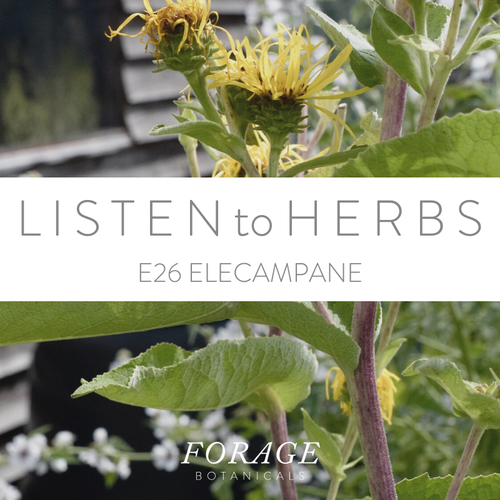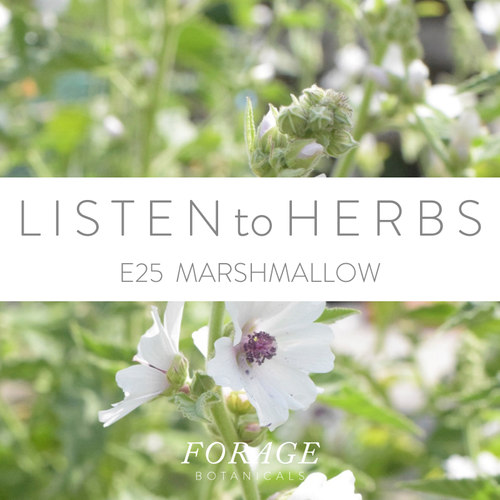Natasha Richardson & Claire Goulding
Rose (Rosa centifolia, damascena and gallica)
Plant Profile

Rose is one of my absolute favourite herbs that I used the most in my practice. I was taught to think of it as a messenger herb, carrying my intentions to strengthen the mix. But now a days I think of it mostly as a way to improve self-love for the person taking it and that's something nearly everyone struggling with an illness could use some more of.
Names: Rose
Element. Water
Planet: Venus
Magical uses: Love, Psychic powers, Healing, Divination, Luck, Protection
Key words: Beauty, Passion, Sweet, Soft, Strong.
Tissue type: Excitation and Relaxation
Qualities: Astringent, Cooling and Aromatic
Actions: Mild sedative, Mild local anaesthetic, Anti-inflammatory, Laxative, Liver protector, Anti-depressant, Aphrodisiac, Cardio-protective, Cooling skin astringent, Increases bile flow, Anti-viral, Menstrual regulator, Relaxant, Nervine, Diuretic, Spasmolytic, Antiseptic, Anti-parasitic, Digestive, Hypolipidemic, and Aperient.
Physical Uses: Anaemia, Profound anxiety, Grief, Insomnia, Irritability, Sore throat, Irritated cough, Tuberculosis, Venous congestion, Clotting, Poor circulation, Thrombosis, Angina, Diarrhoea, Frequent urination, Kidney stones, Promotes bile, Cleanse gallbladder, Vaginitis, Leucorrhoea, Painful periods, Heavy periods, Irregular periods, Infertility, Libido, Arthritis, Fatigue, Virus.
Emotional Uses: Love, Opens heart chakra, Traumatic births, Grief, Anti-depressant, Combats apathy, Nourishes the heart, Lifts the spirit, Evokes sexual bliss.
Parts used: Petals, Flower heads
Known constituents: Tannins, Flavonoids, Carotene, Essential oils, Anthocyanidins, Vitamin C, B, E, K, Fatty oils, Nicotinamide.
Legend & Tradition
Roses grow all over the world. There are records of Rose being used in Persia as early as 500BC and fossilised roses have been found which are over 35 million years old. The oldest rose living today has been alive since 815AD! To have a flower essence of that Rose would surely heal all the ills of the world. (Grieves, 1992) The Romans would suspend a bunch of roses above a table to show that whatever was said beneath was in confidence. That’s why the beautiful botanical plaster designs around the central light fixtures in ceilings are called ‘the rose’. This is also why the term, sub rosa, means in secret. Sufi’s in Islam also used it as a symbol for divine love. The Greeks used it as a strong representative of Aphrodite and then the Romans used it for Venus.
Medicinal Uses
Traditionally the petals, sepals, hips, leaves, stalks, roots, root bark and thorns were all used as medicine. But now, we only use the hips (fruit) of the Rosa canina and the petals of the Rosa centifolia and damascene.
CARDIOVASCULAR
Rose helps to support the cardiovascular system by strengthening blood vessels and reducing bad cholesterol . It helps when someone bruises too easily, gets blood clots, or has poor circulation from congestion in the arteries. This in turn helps with more severe problems such as angina. It has even been used to improve blood quality in cases of anaemia. Though it is not clear to me by what mechanism this occurs. (Wood, 2008)
DIGESTION
The Rose can be used to support digestion as well (Koczka, N. et al., 2018). Its tannins help to heal the gut wall and tone the gut where it has become too ‘floppy’ to truly absorb food correctly. In some cases of diarrhoea where the intestines are actually moving very quickly but not absorbing the food Rose will help to calm this down. Traditionally this would be seen as an excited tissue state and Rose is helpful in calming it (Wood, 2008).
IMMUNITY
Rose helps to relieve the heat of this excitation and aids people who have rheumatism and arthritis (Cheng, B. C., 2016). The Native Americans used it for influenza, stomach upsets and fevers too though. Which makes me wonder if Rose has some anti-viral properties or is good at supporting the immune system in a less direct way. Its effect may be found through its ability to support the stress response for instance (Wood, 2008).
NERVE
Rose could help support someone in those situations but it is best with the side effects of long-term excitation such as fatigue, asthenia, and insomnia. It is also good for fatigue, convalescence, asthenia, anaemia, children that wet the bed, profound anxiety, insomnia, irritability, (Jitendra et al., 2012).
LUNGS
I had never thought of Rose being associated with the lungs till researching this monograph. The tea can be used for tuberculosis (though we wouldn’t do that now), sore throats (thanks to the tannins) and back in 1919 George Slack used it for bleeding from the lungs (again we would go to hospital for that now) (Wood, 2008).
REPRODUCTIVE
Rose has a strong association with the feminine, including the hormonal cycle. It is wonderful for balancing the menstrual cycle . It helps torelieve premenstrual tension, melts frigidity and eases menopausal symptoms. It is especially well known for helping to cool menopausal hot flushes (Ayati, Z., 2021). When used externally it helps inflammation and itching such as vaginal itching, especially during the menopause. It is also useful when itching is due to infection such as yeast over-growth. Often cases of cystitis accompany thrush imbalances and Rose is useful for both. When there is an unusual discharge from the vagina with no known cause it is called Leucorrhea and this is aided by Rose. It also helps with irregular periods, heavy periods and infertility. (Trickey, 2003)
Safety Considerations
No known safety considerations.
References
Ayati, Z., Ramezani, M., Amiri, M. S., Sahebkar, A., & Emami, S. A. (2021). Genus Rosa : a review of ethnobotany, phytochemistry and traditional aspects according to Islamic Traditional Medicine (ITM). In G. E. Barreto & A. Sahebkar (Eds.), Pharmacological Properties of Plant-Derived Natural Products and Implications for Human Health (pp. 353-401). https://doi.org/10.1007/978-3-030-64872-5_23
Cheng, B. C., Fu, X.Q., Guo, H., Li, T., Wu, Z.Z., Chan, K. and Yu, Z.L. (2016) 'The genus Rosa and arthritis: Overview on pharmacological perspectives', Pharmacological Research, vol. 114, pp. 219-234S1043-6618(16)30606-5 [pii].
Koczka, N., Stefanovits-Bányai, É and Ombódi, A. (2018) 'Total Polyphenol Content and Antioxidant Capacity of Rosehips of Some Rosa Species', Medicines (Basel, Switzerland), vol. 5, no. 3, pp. 84. doi: 10.3390/medicines503008410.3390/medicines5030084 [doi].
Jitendra, J., Vineeta, T., Ashok, K., Brijesh, K. and Singh, P. (2012) 'Rosa centifolia: plant review', Int J Res Pharm Chem, vol. 2, no. 3, pp. 794-796.



